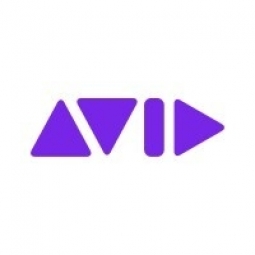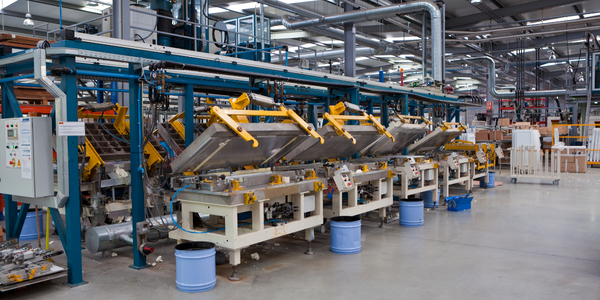Technology Category
- Infrastructure as a Service (IaaS) - Cloud Computing
- Sensors - Acoustic Sensors
Applicable Functions
- Sales & Marketing
Use Cases
- Time Sensitive Networking
Services
- System Integration
About The Customer
Brent Gray is a seasoned FOH engineer who has been mixing for Missy Higgins, a beloved Australian singer-songwriter, since 2004. Gray has tracked Higgins' progression from tour to tour, witnessing the artist's shows grow technically bigger over time. Gray started his career under the stewardship of mixing legend and Oasis FOH Engineer, Bruce Johnston, and later mixed for the band Silverchair. Gray's work with Higgins has seen the artist's shows grow technically bigger over time, with the Solastalgia tour coming in at 42 channels including the ambient mics. Gray has extensive experience with Avid VENUE consoles, having mixed on Profile systems for both Higgins’ 2016 Orchestral Concert Series and Higgins’ support on the recent Ed Sheeran tour.
The Challenge
The case study revolves around the challenge faced by Brent Gray, the FOH (Front of House) engineer for the Australian singer-songwriter Missy Higgins. Gray needed a new live system to replace the existing VENUE | Profile workflows, which he had been using for over a decade. The new system needed to be more compact, yet powerful enough to handle the increasing technical complexity of Higgins' shows. The Solastalgia tour, for instance, had grown to 42 channels, including ambient mics. The inputs included traditional band inputs like drums, bass, acoustic and electric guitar, keys, and vocals, along with a few lines of triggered drums and tracks on the new material. Gray needed a system that could handle this complexity while maintaining the high sound quality he was accustomed to with the Profile systems.
The Solution
Gray chose the Avid VENUE | S6L-24D as the solution to his challenge. The S6L-24D was chosen for its small footprint, powerful workflows, and seamless support for his existing VENUE show files. The S6L-24D offered increased sound quality and functionality over the Profile systems. Gray was particularly impressed by the clean sound across the spectrum, awesome transients, and a nice round bottom end offered by the S6L. The system also offered intuitive functionality, with the ability to custom design the surface with any combination of inputs, outputs, and VCAs. Gray was able to store a unique layout for each song in the snapshot, as well as more modular layouts for the lines of stage paired with their VCAs, subgroups, and FX returns. The S6L also offered improved Events section, which Gray used to trigger outputs that feed delay FX from the X, Y, and colour switches on the delay return channels.
Operational Impact
Quantitative Benefit

Case Study missing?
Start adding your own!
Register with your work email and create a new case study profile for your business.
Related Case Studies.
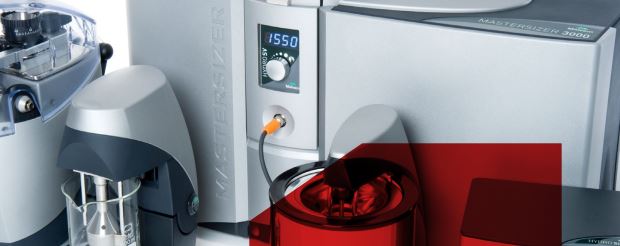
Case Study
Centralizing Data for Improved Efficiency: A Case Study on Malvern Panalytical
Malvern Panalytical, a UK-based hi-tech electronics company, was grappling with the challenge of decentralized data storage. The company had a vast amount of unstructured data scattered across various platforms, from hard drives to emails and floppy disks. This made the data searching process extremely cumbersome and inefficient. The company's rapid growth, from 200 to over 1,000 employees in a decade, and expansion across three continents further exacerbated the need for a more structured and centralized data system. As a company involved in electronics manufacturing and software development, it was crucial for Malvern Panalytical to find a platform that could structure all their data, track all modifications of documents in real time, and provide clear visibility of the internal information flow across all its facilities.
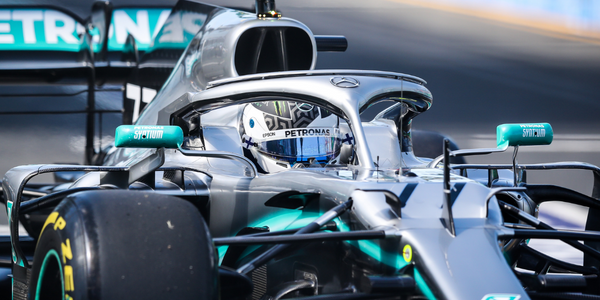
Case Study
Managed Hosting Platform
Formula 1® is a sport where every millisecond matters. With changing preferences and the growth of the digital medium, many fans choose to experience the sport through the F1.com website. The website needs to deliver a superior experience to tens of millions of fans across the world consistently. Hence, it is imperative to have a robust platform that can deliver the required performance and scale with growing trac and dynamic fan expectations. Some of the key challenges are: • Every race weekend, Formula1.com attracts up to 7 million fans. Managing this huge surge in website traffic, requires a scalable hosting platform that can simultaneously allow millions of fans to experience the excitement of the sport seamlessly. • Fans across the globe expect an engaging and immersive experience through enriched and enhanced race content across multiple devices. To meet this requirement Formula1.com needs to have a robust platform that is able to deliver real-time updates and information across screens, be it tablets, TVs or smartphones. • A global brand like Formula 1® needs to ensure it delivers a consistent user experience across all platforms across the globe. This consistent delivery of enriched content cannot be compromised through downtime or any other issue at any point. • In an age where threats to global websites are prevalent, Formula 1® needed a platform that was ready to meet any challenge to its website. They needed a solution that delivers consistency, scalability and yet at the same time is continuously monitored, secure and reliable.

Case Study
EDF's Transformation: Enhancing Employee Experience through IT Modernization
EDF, a major UK utilities company, was grappling with a highly customized service management system that was largely manual, with limited potential for automation. This made it difficult to predict or prevent system failures and provide a resilient service. The company's IT system for incident handling was purely manual, leaving no room for modernization. EDF wanted to serve its business and residential customers better by improving the response time to rising energy demands. To achieve this, the company needed to provide its employees with the right tools for improved productivity, better collaboration, and an enhanced IT experience at a reduced cost to serve.
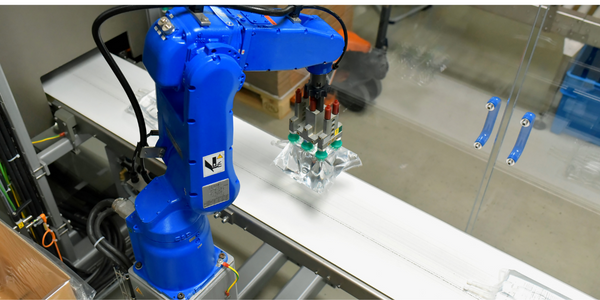
Case Study
Flow Robotics: Scaling Up Production and Accelerating Product Development with IoT
Flow Robotics, a Danish manufacturer, developed flowbot™ ONE pipetting robots to alleviate the strain on bioanalysts in life-science laboratories and hospitals across Europe. These robots were designed to automate part of the testing process, speeding up the time it takes to produce results and reducing pressure on staff. However, the company faced challenges in scaling up production and accelerating product development. High workloads and physically challenging conditions have long been an issue for laboratory professionals. Flow Robotics estimates that around half of medical lab technicians carry out the same arm movements for at least a quarter of their working day. The American Society for Clinical Pathology reported that 85% of laboratory professionals feel burnt out; 36% struggle with inadequate staffing; and 32% face a heavy workload and pressure to complete all testing on time.

Case Study
Citibanamex's Digital Transformation: A Mobile-First Strategy with OpenLegacy
Citibanamex, a part of Citibank corporation, was facing a challenge in keeping up with the rapidly evolving Mexican consumer banking market. The bank's primary goal was to deliver a seamless, personalized user experience across both digital and traditional channels. The bank's mobile application rating was a mere 2.0 out of 5, indicating a need for innovative digital offerings to improve the user experience. The bank's core technology stack was a proprietary mainframe system, which ran core business applications such as payments and account management. Over time, modernization projects led to an increasing spiral of complexity with various tools, mainframe gateways, ESBs, middleware, dispatchers, routers, and messaging queues. Each system had a different way of handling the backend legacy platform, making it harder and more cumbersome to integrate with legacy applications. After years of unsuccessful, costly integration attempts, Citibanamex was left with the same needs and challenges, only exacerbated. The focus shifted to the Customer Digital Experience and the End-User Journey, and they needed a partner that could help them rapidly develop and deploy innovative customer offerings on top of their core systems.




